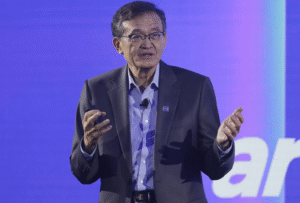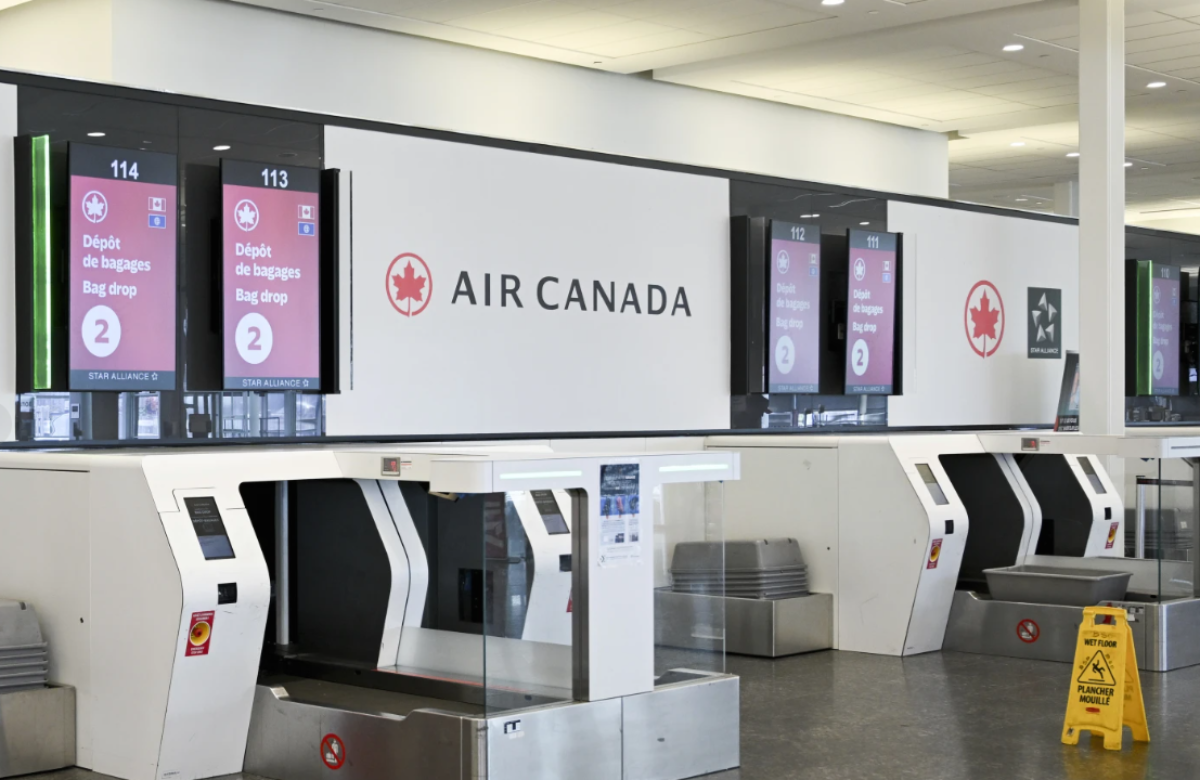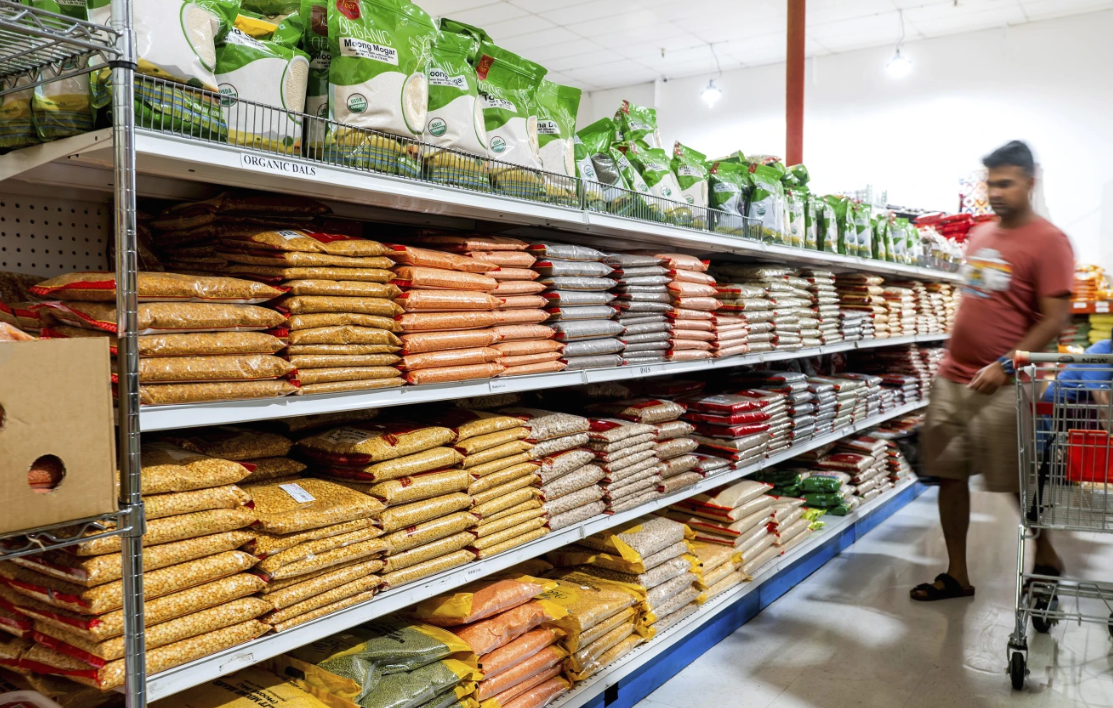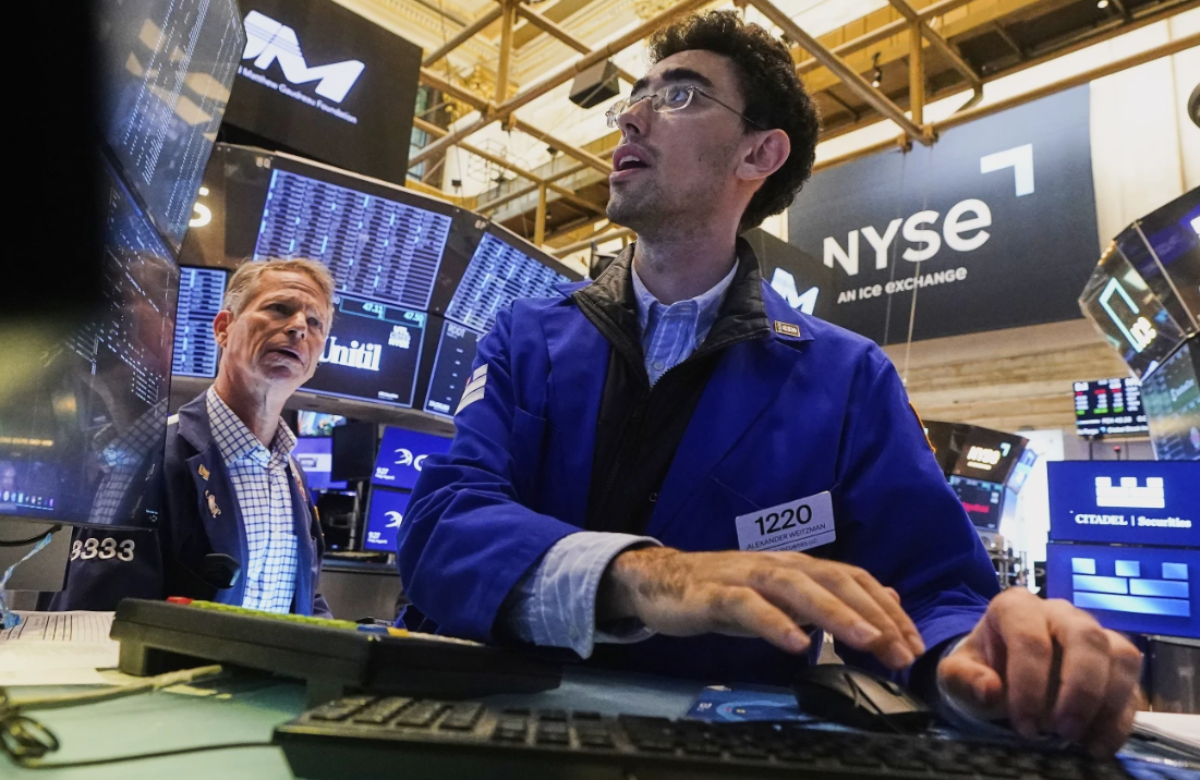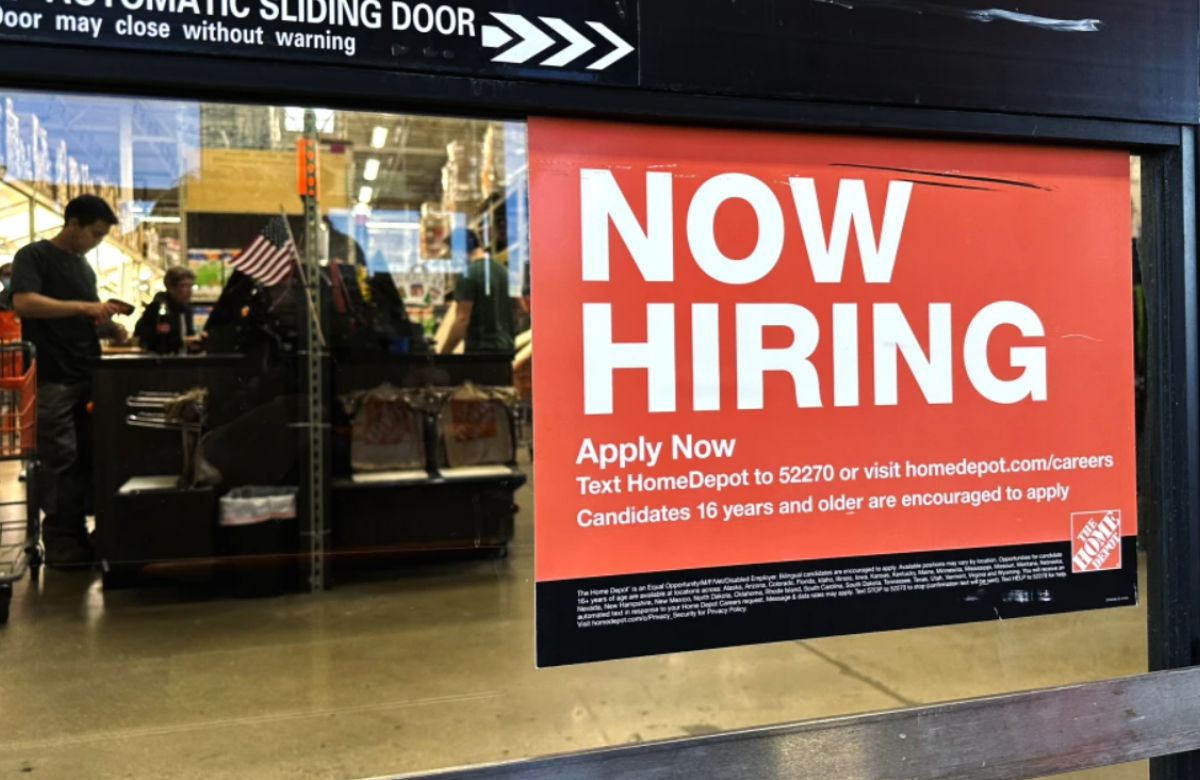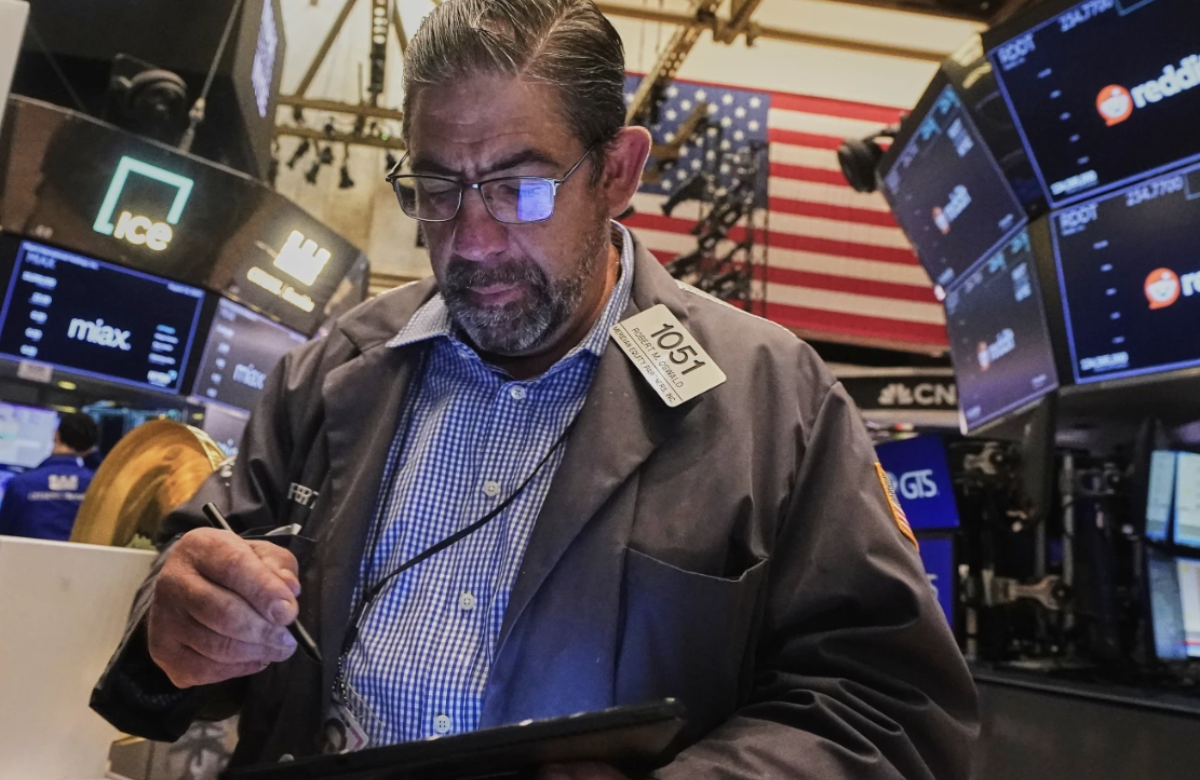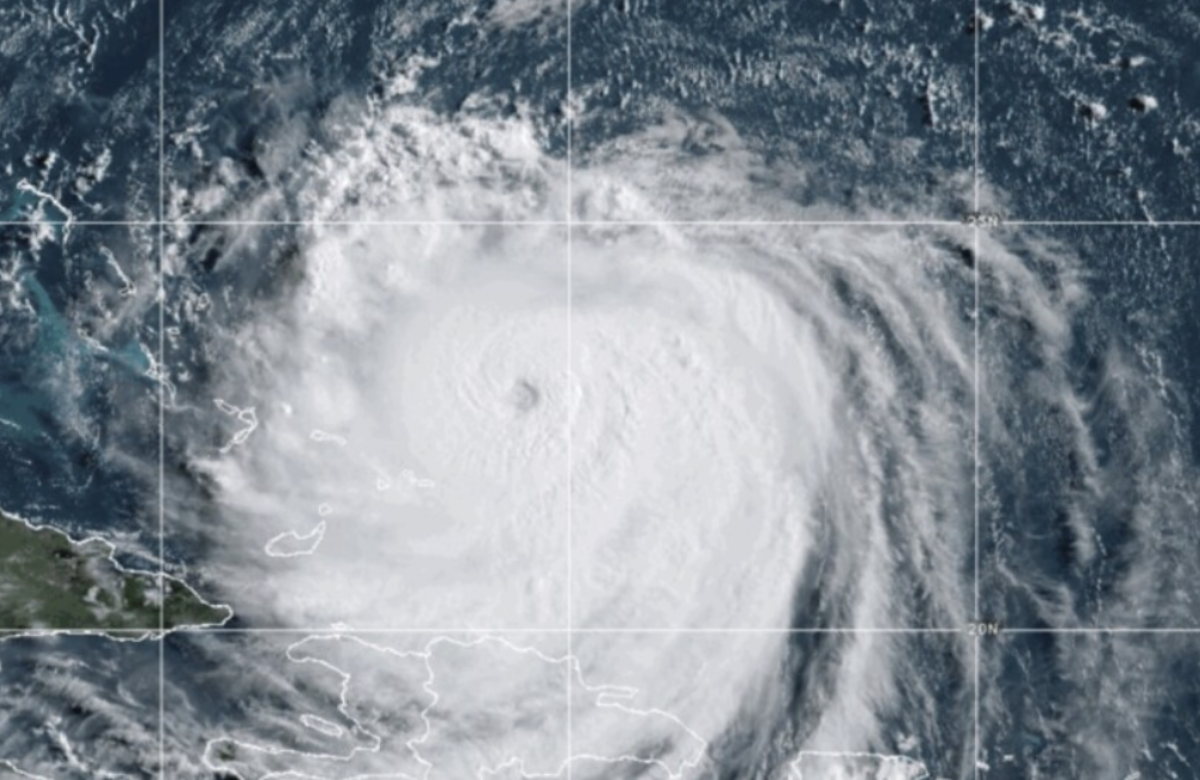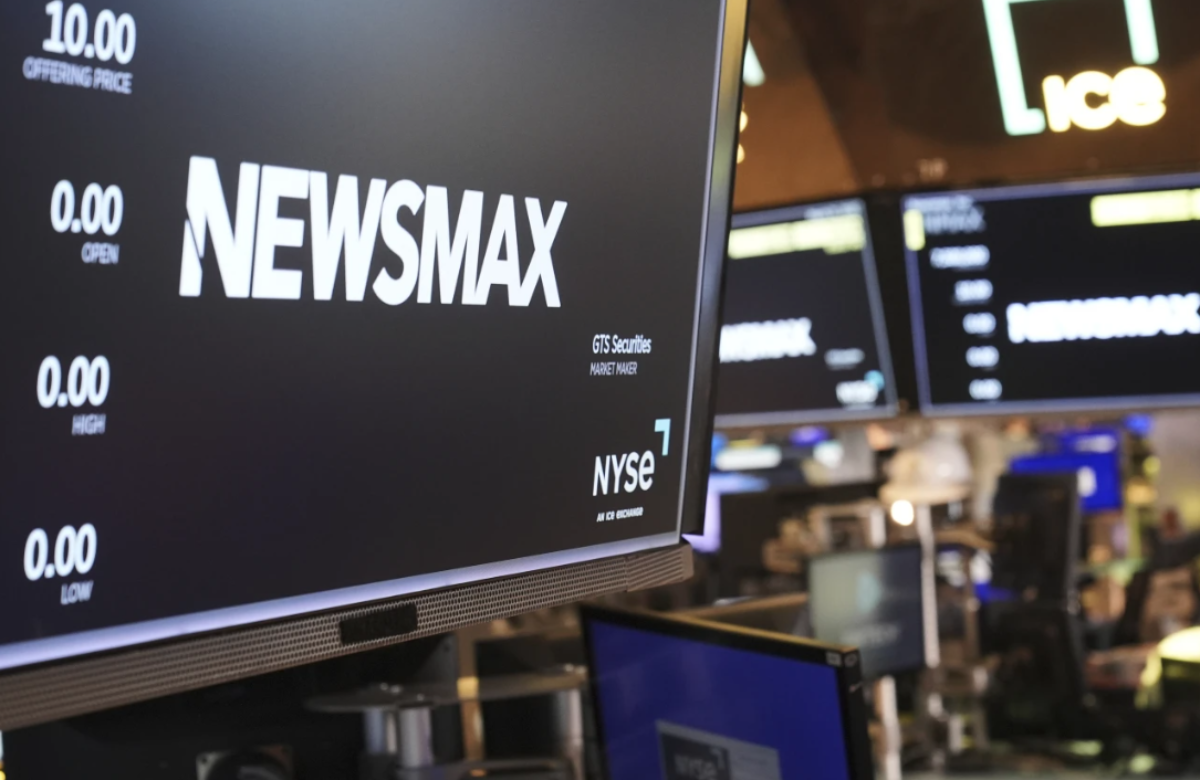The European Central Bank (ECB) has lowered interest rates for the seventh time, aiming to support economic growth in response to rising global trade tensions, particularly those triggered by former President Donald Trump’s recent tariff announcement.
The ECB’s latest move drops its benchmark interest rate by 0.25 percentage points to 2.25%. The decision is intended to make borrowing more affordable for both consumers and businesses in the 20 euro-using countries, boosting investment and spending across the region.
ECB President Christine Lagarde explained at a press conference that escalating global trade conflicts and uncertainty—primarily stemming from Trump’s tariff policy—are likely to slow down eurozone growth by reducing exports. She warned that the uncertainty could also impact business investment and consumer spending.
The decision, made during a meeting in Frankfurt, was anticipated by economists after Trump announced on April 2 a new wave of tariffs on imported goods. These duties range from 10% to as high as 49%, with the European Union facing a 20% rate. The potential economic drag from these tariffs has become a major concern, even though Trump has temporarily paused the tariffs for a 90-day negotiation window.
This latest cut reflects a shift in the ECB’s priorities. After aggressively raising rates in 2022 and 2023 to combat surging inflation, the bank is now pivoting toward growth concerns. With inflation now down to 2.2% as of March—close to the ECB’s 2% target—supporting the economy has taken center stage. Eurozone GDP grew by only 0.2% in the final quarter of 2024.
Previously, Lagarde had signaled that the ECB might pause its rate cuts. However, Trump’s sudden tariff escalation shifted that outlook, reinforcing the need for continued monetary easing.
Lower interest rates tend to stimulate economic activity by reducing borrowing costs, encouraging spending on items such as homes and business investments. This, in turn, can boost employment and overall growth.
Despite the temporary suspension of the tariffs, uncertainty remains high. The potential 20% EU-specific tariff, if implemented, could significantly raise the cost of doing business and trade, especially given the scale of transatlantic commerce—approximately €4.4 billion (or $5 billion) in goods and services are exchanged daily between the U.S. and Europe.
This unpredictability is already weighing on business decisions, as companies may delay investments until the final outcome of tariff negotiations becomes clear.
To ease tensions, EU officials have proposed a “zero for zero” arrangement—eliminating industrial tariffs, including those on cars. However, Trump has rejected the offer, pushing instead for larger imports of U.S. liquefied natural gas to Europe and maintaining that such trade-offs aren’t enough.
According to economists at Berenberg Bank, the ongoing talks may result in some tariff reductions by midyear, with final rates possibly settling around 12%. Still, that would be significantly higher than pre-tariff levels. Additionally, Trump has maintained a separate 25% tariff on autos, steel, and aluminum from all nations—a move that threatens Europe’s vital auto industry, with no sign that it will be negotiated.
Lagarde stressed that the uncertain trade environment will make future rate decisions more fluid. The ECB will now take a “meeting-by-meeting” approach, depending on how the situation unfolds during the 90-day tariff pause.
“There is a negotiation underway. Positions have been made clear. Proposals are on the table—at least from one side. But everything remains in flux,” she said.
“There’s a degree of unpredictability that adds significantly to the uncertainty.”


